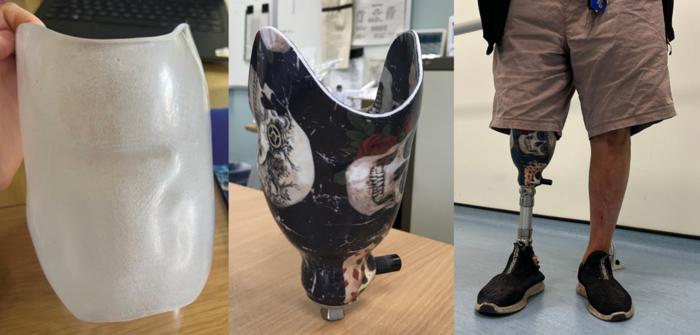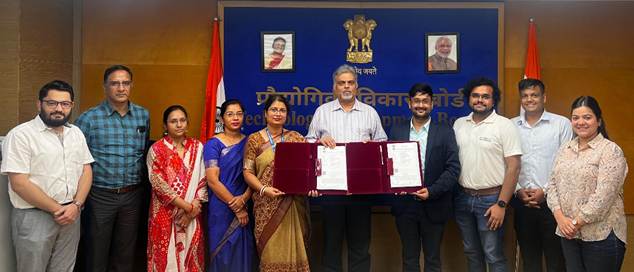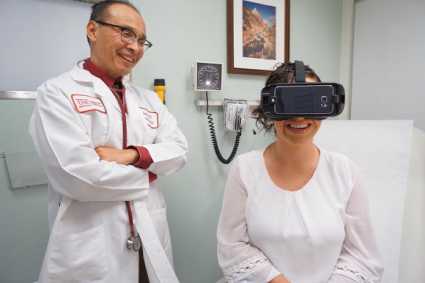Professor Dr. Axel Hamprecht, a microbiologist from University Medicine Oldenburg, has led a team of researchers who have developed a new method for detecting a frequently overlooked antibiotic resistance more quickly.
Their focus was on identifying resistance to certain antibiotics in the bacterium Proteus mirabilis, which can cause urinary tract infections, wound infections, bloodstream infections, and pneumonia. The innovative technique was presented in the journal Clinical Microbiology and Infection.
The team discovered that resistance to last-resort antibiotics, known as reserve antibiotics, in Proteus mirabilis is more prevalent than previously believed and often goes undetected with current standard testing methods. To identify these resistances, the researchers utilized advanced molecular biology techniques, including next-generation sequencing, which allows for the parallel sequencing of hundreds of genes.
Based on the collected data, the researchers developed a fast and cost-effective method for detecting resistance to a class of reserve antibiotics called carbapenems. These resistances typically coincide with resistance to multiple other drugs.
The method involves initially testing the susceptibility of a bacterial strain to two specific antibiotics that have proven to be reliable indicators.
In many cases, the test results, along with a specially developed algorithm, can determine whether the bacterial strain is capable of destroying a carbapenem antibiotic.
Armed with this knowledge, doctors can prescribe an alternative medication if necessary. If the test results are inconclusive, an additional test, which is also described in the paper, will be required.
“This approach is significantly faster and more cost-effective than current methods for detecting these resistances,” says Professor Hamprecht, who serves as the director of the University Institute of Medical Microbiology and Virology at Klinikum Oldenburg and as a lecturer at the University’s School of Medicine and Health Sciences. He further highlights that most laboratories already have the necessary infrastructure to conduct these tests, making it an advantageous solution.
- Eurekalert







